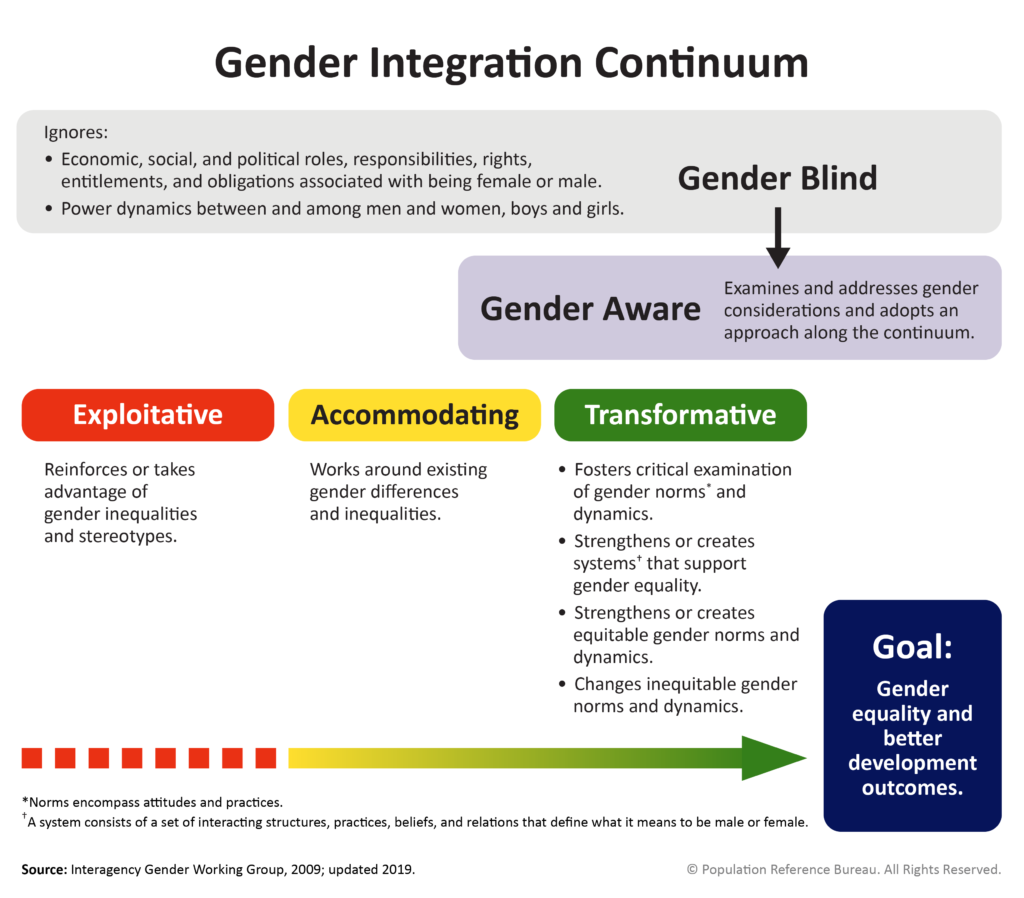State of the World’s Fathers 2021: Structural Solutions to Achieve Equality in Care Work
This report presents research on care work during the COVID-19 pandemic, focusing on structural barriers that prevent equitable distribution of caregiving between women and men. The report provides seven solutions—from the individual to the structural level—that need to be implemented to create a more care- and gender-equal world.


